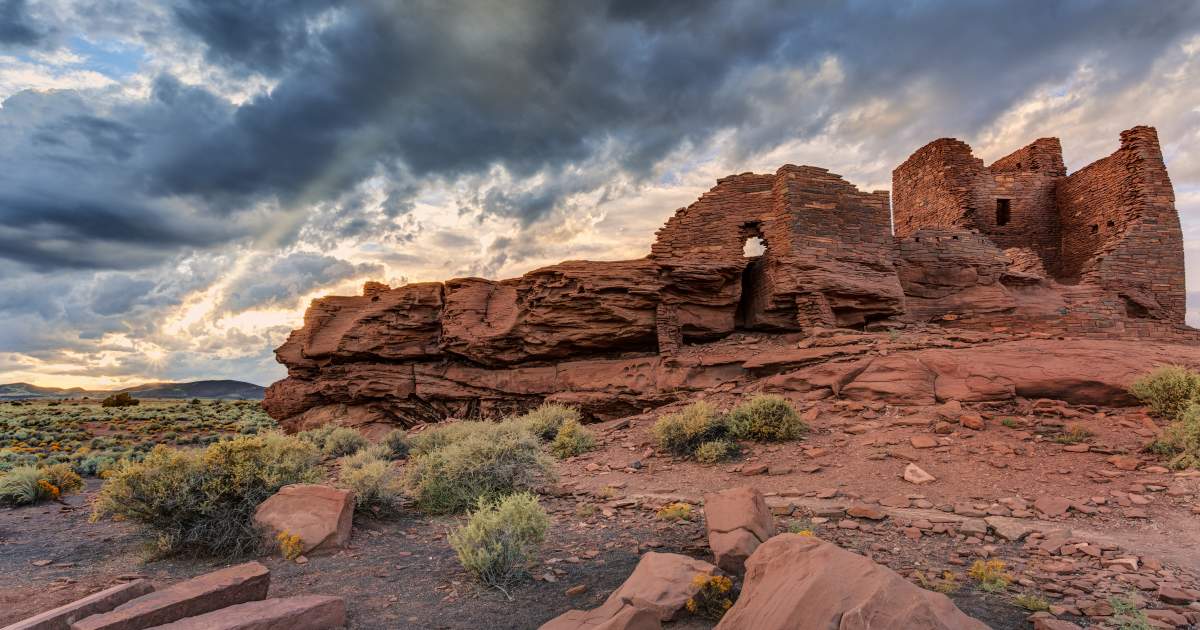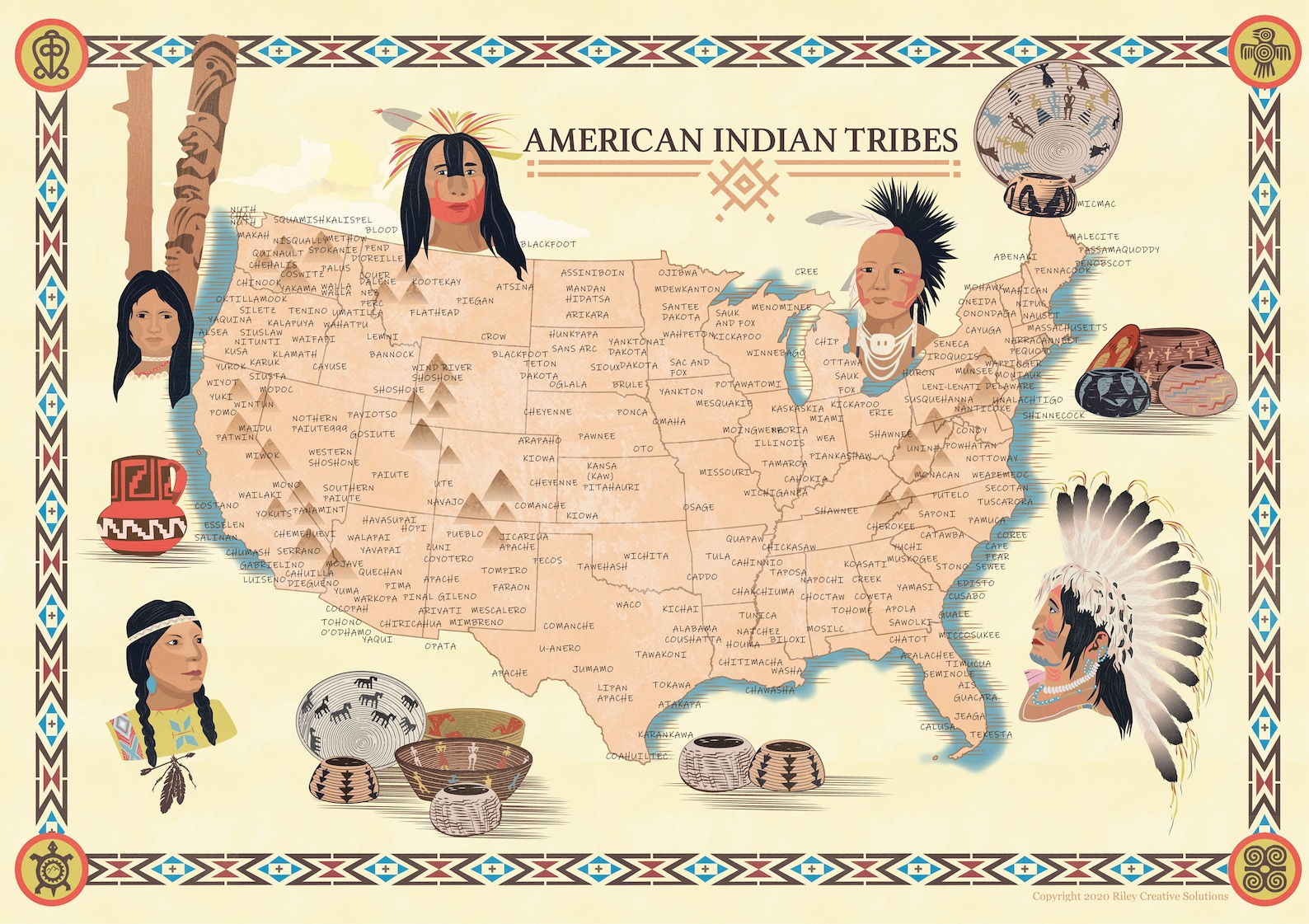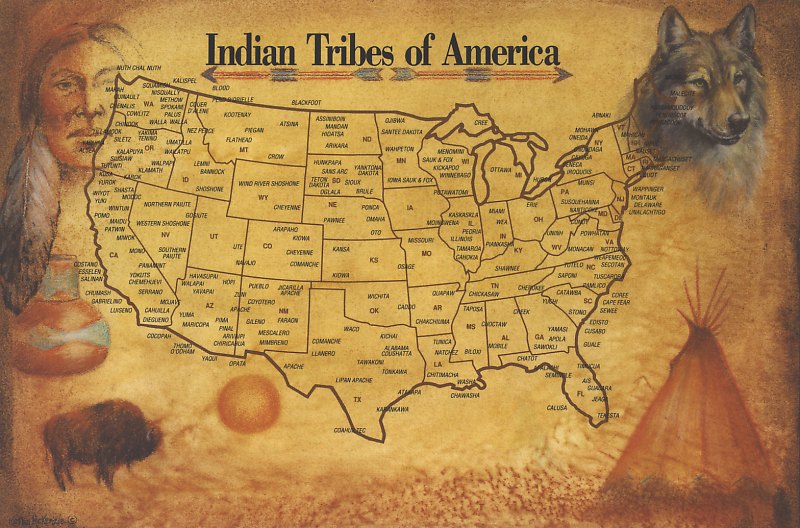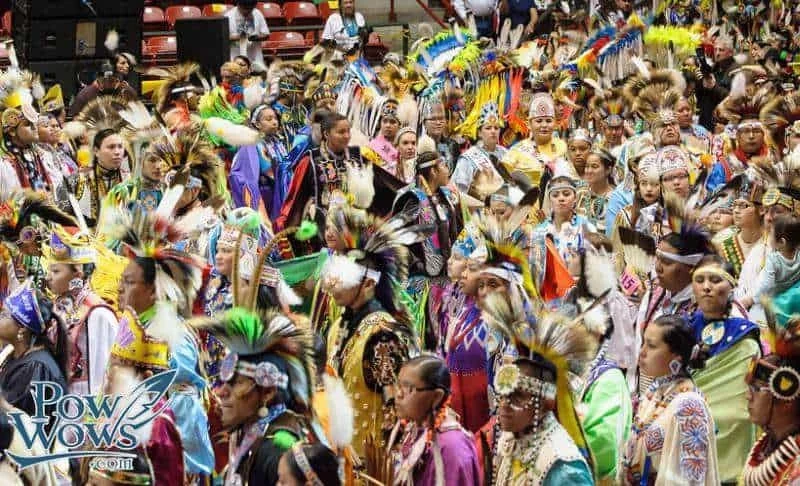Flagstaff’s Hidden Heritage: Exploring the Rich History of Native American Tribes
Flagstaff’s Hidden Heritage: Exploring the Rich History of Native American Tribes

Flagstaff, Arizona, is a city known for its stunning natural beauty, vibrant arts scene, and proximity to the Grand Canyon. But beneath the surface of this popular tourist destination lies a rich and complex history deeply intertwined with the lives of the Native American tribes who have called this land home for centuries.
From the towering San Francisco Peaks to the rolling grasslands of the Colorado Plateau, these lands have witnessed the rise and fall of empires, the resilience of Indigenous cultures, and the enduring spirit of a people who have always understood the interconnectedness of nature and humanity.
Related Articles: Flagstaff’s Hidden Heritage: Exploring the Rich History of Native American Tribes
- Uncover the Native Tribes of Texas: A Journey into Rich Heritage and Cultural Treasures
- Unveiling the Treasures of Florida's Native Reservations: Discoveries and Insights Await
- Unveiling the Enigmatic Native American Tribes of Pueblo, Colorado
- Unveiling the Rich Tapestry of Oklahoma's Indian Tribes
- Where In The World Did They Go? Tracing The Footprints Of Native American Tribes
This article dives into the fascinating history of the Native American tribes who have shaped Flagstaff’s cultural landscape, exploring their traditions, struggles, and enduring legacies.
A Tapestry of Tribes
Flagstaff’s location in northern Arizona places it at the crossroads of several distinct Native American tribes, each with their own unique traditions, languages, and stories.
The Hopi
The Hopi people, whose ancestors have inhabited the mesas of northeastern Arizona for over 1,000 years, are known for their intricate kachina dolls, vibrant pottery, and enduring agricultural practices. Their villages, nestled atop the mesas, stand as testaments to their deep connection to the land and their commitment to preserving their ancestral ways. While the Hopi reservation lies east of Flagstaff, their influence on the region is undeniable. Their stories, ceremonies, and art have woven themselves into the fabric of Flagstaff’s cultural heritage.
The Navajo
The Navajo Nation, the largest Native American reservation in the United States, encompasses a vast swathe of land, including parts of northeastern Arizona. The Navajo, known for their stunning woven blankets, silver jewelry, and intricate sand paintings, have a deep connection to the land, drawing inspiration from its beauty and symbolism.
Flagstaff serves as a vital hub for the Navajo community, offering access to healthcare, education, and economic opportunities. The city’s proximity to the Navajo Nation has fostered a unique cultural exchange, with Navajo artists, craftspeople, and storytellers enriching the city’s artistic landscape.

The Yavapai-Apache
The Yavapai-Apache, known for their skilled horsemanship and their deep connection to the natural world, have a rich history in the Verde Valley, just south of Flagstaff. They were traditionally nomadic, following the seasonal movements of game and foraging for food. Their stories, passed down through generations, are filled with tales of survival, resilience, and a profound respect for the land. While the Yavapai-Apache reservation lies south of Flagstaff, their presence is felt throughout the region, particularly through their vibrant arts and crafts, which are celebrated at various festivals and events in Flagstaff.
The Havasupai
The Havasupai, meaning "people of the blue-green water," are known for their breathtaking turquoise waterfalls and the stunning Havasu Canyon, a natural wonder located within the Grand Canyon. Their connection to this unique ecosystem is deeply spiritual, and their traditional practices have been shaped by the canyon’s unique environment. While the Havasupai reservation is located within the Grand Canyon, their influence extends to Flagstaff, particularly through their vibrant cultural traditions and the stunning turquoise hues that have become synonymous with their name.
A Shared History of Struggle and Resilience

The history of Native American tribes in Flagstaff is not without its challenges. From forced removals and the devastating impact of colonization to the ongoing fight for land rights and self-determination, these tribes have faced immense hardship.
The Trail of Tears
The forced removal of Native American tribes from their ancestral lands, known as the "Trail of Tears," had a devastating impact on the Hopi, Navajo, and other tribes in the region. Many were forced to march long distances, often under harsh conditions, losing their homes, their livelihoods, and their cultural heritage.
The Reservation System
The reservation system, established by the United States government, aimed to confine Native American tribes to specific areas, often lands deemed unsuitable for white settlement. This system, while intended to "protect" Native Americans, ultimately served to limit their opportunities and undermine their self-sufficiency.

The Ongoing Fight for Self-Determination
Despite these challenges, Native American tribes in Flagstaff have demonstrated remarkable resilience, fighting for their rights and preserving their cultural heritage. They continue to advocate for self-determination, seeking greater control over their own destinies and working to ensure the preservation of their languages, traditions, and cultural practices.
A Legacy of Art, Culture, and Connection
Despite the challenges they have faced, the Native American tribes of Flagstaff have left an indelible mark on the city’s cultural landscape. Their art, their stories, and their traditions have enriched the lives of all who live in and visit Flagstaff.
Art and Crafts
The artistic legacy of Native American tribes in Flagstaff is evident in the vibrant arts and crafts scene. From the intricate weaving and jewelry of the Navajo to the stunning pottery and kachina dolls of the Hopi, their art reflects their deep connection to the land, their spiritual beliefs, and their unique cultural heritage.
Storytelling and Tradition
The stories of these tribes are passed down through generations, preserving their history, their values, and their connection to the land. From traditional dances and ceremonies to the powerful stories told around campfires, their cultural traditions offer a glimpse into the rich tapestry of their lives.
The Future of Native American Tribes in Flagstaff
The future of Native American tribes in Flagstaff is one of hope and resilience. They continue to work towards self-determination, seeking greater control over their own destinies and ensuring the preservation of their cultural heritage.
Tourism and Cultural Appreciation
Flagstaff is a popular tourist destination, and the city’s rich Native American heritage is a major draw for visitors. However, it is crucial to approach tourism with respect and sensitivity.
Respectful Travel
When visiting Native American sites or participating in cultural events, it’s important to be mindful of the sacredness of these places and traditions. Respect the customs and traditions of the tribes, dress appropriately, and avoid taking photographs without permission.
Supporting Native American Businesses
Supporting Native American businesses is a great way to contribute to the economic well-being of the tribes and help preserve their cultural traditions. Look for opportunities to purchase art, crafts, and other goods from Native American artists and entrepreneurs.
Education and Awareness
Increasing awareness of Native American history, culture, and current issues is crucial for fostering understanding and respect. Visit museums, attend cultural events, and learn about the ongoing struggles and triumphs of Native American tribes in Flagstaff.
Conclusion
Flagstaff, Arizona, is a city steeped in history, a place where the echoes of the past resonate with the vibrant present. The Native American tribes who have called this land home for centuries have left an indelible mark on the city’s cultural landscape, enriching its artistic traditions, shaping its stories, and reminding us of the enduring power of human resilience and the interconnectedness of nature and humanity.
By embracing the rich cultural heritage of these tribes, by honoring their struggles and celebrating their triumphs, we can ensure that their stories continue to be told, their traditions continue to be cherished, and their legacy continues to inspire generations to come.
FAQ: Native American Tribes in Flagstaff, Arizona
1. What Native American tribes are located near Flagstaff?
Flagstaff is located near the territories of several Native American tribes, including the Hopi, Navajo, Yavapai-Apache, and Havasupai.
2. Where can I learn more about Native American history in Flagstaff?
The Museum of Northern Arizona (MNA) is a great resource for learning about the history and culture of Native American tribes in the region. The MNA houses a vast collection of artifacts, exhibits, and educational programs.
3. Are there any Native American-owned businesses in Flagstaff?
Yes, there are several Native American-owned businesses in Flagstaff, offering a variety of goods and services. Look for businesses owned by members of the Navajo Nation, Hopi Tribe, or other local tribes.
4. What are some ways I can support Native American tribes in Flagstaff?
You can support Native American tribes in Flagstaff by purchasing art and crafts from Native American artists, attending cultural events, and donating to organizations that support Native American education and economic development.
5. What are some of the key issues facing Native American tribes in Flagstaff today?
Native American tribes in Flagstaff continue to face a number of challenges, including poverty, lack of access to healthcare and education, and the ongoing struggle for land rights and self-determination.
6. How can I learn more about the specific cultural practices of each tribe?
You can learn more about the specific cultural practices of each tribe by visiting their websites, attending cultural events, and reading books and articles about their history and traditions.
7. Is it appropriate to take photographs of Native American sites or ceremonies?
It is generally not appropriate to take photographs of Native American sites or ceremonies without permission. Always ask for permission before taking any photographs, and be respectful of the sacredness of these places and traditions.
8. How can I be a respectful visitor to Native American lands?
Be respectful of the land and the people who live there. Dress appropriately, avoid taking photographs without permission, and be mindful of the sacredness of the places you visit.

Closure
Thus, we hope this article has provided valuable insights into Flagstaff’s Hidden Heritage: Exploring the Rich History of Native American Tribes. We appreciate your attention to our article. See you in our next article!